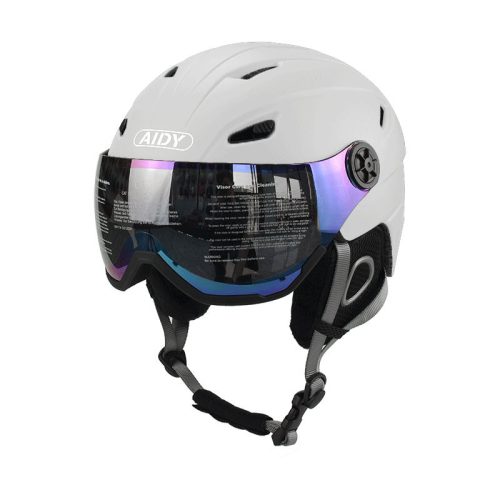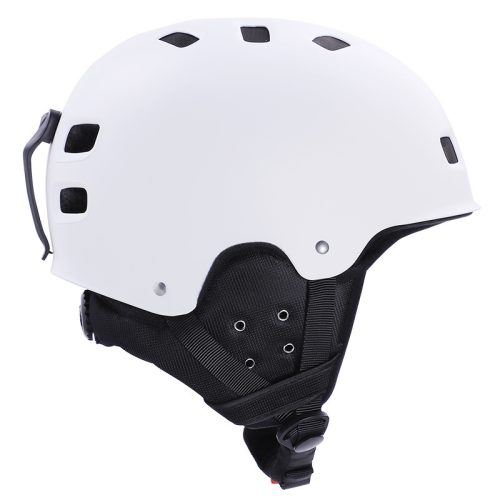Myth 1: Helmets are not necessary for low-impact activities.
Fact: Helmets are designed to protect your head in a wide range of activities, and they are essential even for low-impact sports or activities. A fall or collision in any activity can result in head injuries, and a helmet can significantly reduce the risk.
Myth 2: Helmets can prevent all head injuries.
Fact: While helmets are effective at reducing the risk of certain head injuries, they cannot prevent all types of injuries. They are primarily designed to protect against impact injuries and may not be as effective in preventing rotational injuries or concussions. Nevertheless, they are an important tool in head injury prevention.
Myth 3: Wearing a helmet makes you invincible.
Fact: Helmets are not a guarantee of safety but a significant safety tool. You should still exercise caution, follow safety guidelines, and be aware of your surroundings when engaging in any activity, even when wearing a helmet.
Myth 4: Helmets don’t need to be replaced after an impact.
Fact: If a helmet has been involved in an impact, it should be replaced. Even if there are no visible signs of damage, the internal structure of the helmet may have been compromised, making it less effective in subsequent impacts.
Myth 5: Helmets are uncomfortable and restrict vision.
Fact: Modern helmets are designed with comfort and visibility in mind. They come in various shapes and sizes to ensure a good fit, and ventilation systems are included to prevent overheating. Helmets should not significantly restrict your field of vision when properly fitted.
Myth 6: Helmets for children will still fit as they grow.
Fact: Children’s heads grow, and it’s important to ensure that their helmets fit correctly. It’s essential to check and, if necessary, replace a child’s helmet as they outgrow it. Ill-fitting helmets may not provide adequate protection.
Myth 7: Helmets are unnecessary for experienced or skilled athletes.
Fact: Accidents can happen to anyone, regardless of their experience or skill level. Helmets are designed to provide protection in unpredictable situations, and even experienced athletes can benefit from wearing them.
Myth 8: Helmets are not stylish.
Fact: Many helmets come in a variety of styles, colors, and designs. You can find a helmet that matches your personal style and preferences, so there’s no need to compromise on aesthetics for safety.
In summary, helmets are a critical safety tool for various activities, and it’s essential to understand their limitations and benefits. Wearing a properly fitted helmet is a responsible choice that can significantly reduce the risk of head injuries in a variety of situations.


